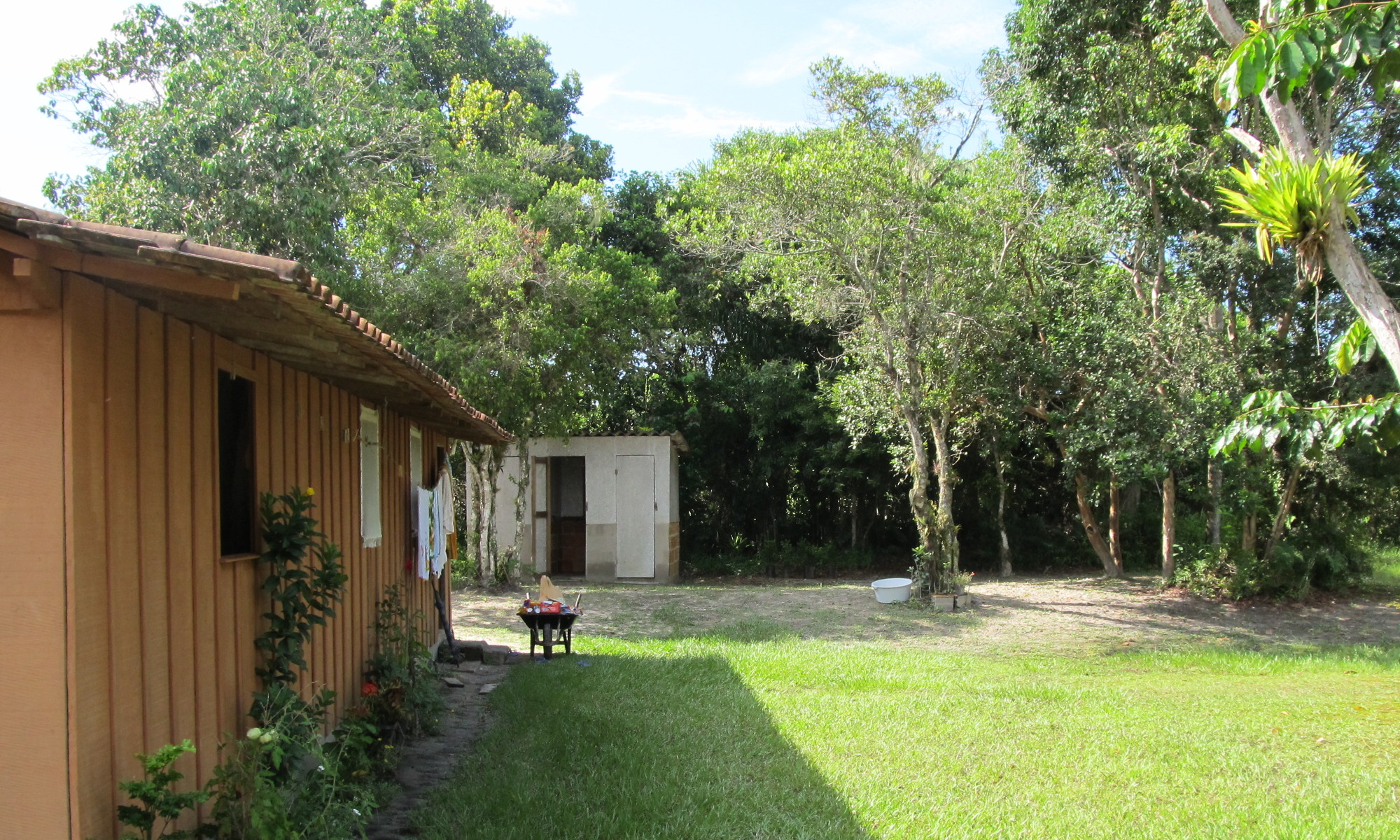Inspired partly by the work of Cam Webb, Marc Cadotte, my former advisor Peter Kotanen, not to mention our own Nathan Kraft, I’ve been interested in studying the use of evolutionary history (phylogeny) in community ecology for quite some time. On one hand, understanding the relationships between organisms sometimes helps to predict their ecology, because phylogeny can correlate with ecologically relevant traits (some of which may be hard to measure). On the other hand, knowing how species interact in a community might help us understand why they diversified as they did (ie why there are not more, or fewer, species within a certain group etc)
However, I found I had less enthusiasm for the idea of doing large observational work with many species of plants (all the people mentioned above focus mostly on plants). Is it possible to manipulate phylogenetic diversity of animals? If phylogenetic diversity happens among plants and has strong bottom-up effects, why not top-down too?
I have two ideas; tell me if you think they’re nuts. First, I go to Brazil and set up small caged bromeliads. then inside each goes a few individuals of damselfly larvae, either of the same species or of mixed species. I restock the prey every once in a while and measure, measure, measure responses.
I know what you’re thinking! you’re thinking “But Andrew, what if you don’t find congeneric species?” and “But, how will you know which species are close relatives?!” the answer to the first is I’m hoping to find them (based on Diane’s data from Brazil, it should be possible) and to the second is maybe a collaborator will help to make the phylogeny of Leptagrion.
All this would be awesome if it works: but it might not. I have some contingency plans for Brazil (I’ll get to those in a later post) but I’ve been thinking it would be awesome to have a plan B. That’s where my Second Idea comes in: the phylogenetic ecology of Diving Beetles (Dytiscidae)
Three things set dytiscids apart from Leptagrion: they already have an excellent phylogeny, they occur in Canada, and I actually have practice identifying them. They also have three things in common: they are both insects, they are important predators in freshwater systems, and they are (hopefully!) easy to collect. Diving beetles are fairly diverse in Canada and most of all in BC where we have 173 species.
The plan is this: over the summer, drive around BC and collect diving beetles from lakes and ponds. Then, take them back to UBC campus and put them into cattle tanks (a very fashionable thing to do, cattletank experiments). I’ll stock some tanks with close relatives (let’s say, within a genus) and other tanks with more distant relatives (tribe, subfamily, etc etc). These tanks may or may not need mesh covers to keep the little guys inside (depends on who you ask). Then, I follow the example of the excellent experiment set out by Pavel Kratina and Hamish Greig: measure the experiments within an inch of their lives for every conceivable response variable that might be influenced by phylogenetic diversity of predators. Interesting problems: how do I avoid unrealistic communities (ie putting things together that never go together in nature) and control for body size (which will vary widely across communities)
What do you think, blogspace?


I had no idea that you worked with Dytiscids, Jana! We have to talk so much more about them and you can give me all kinds of useful advice!
One thing on dytiscids: they are MEAN!!!!! They never occur when you need them most! No, might have just been my incredible lack of luck that always kicks in at the start of important experiments. Otherwise: awesome idea! I don’t think you need communities as big as cattle tanks, though. And yes, mesh is necessary! They crawl and/or fly away all the time!!!
Sounds awesome! I love diving beetles and its nice having a project close to home.